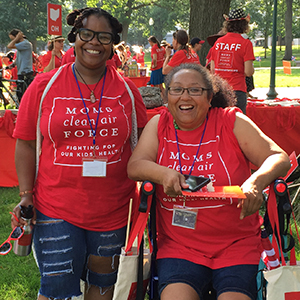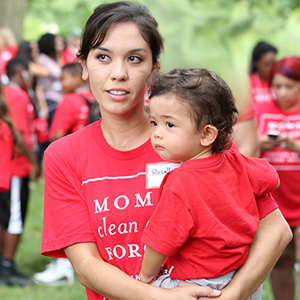
It’s summer vacation time for us. My four-year-old son walks down the beach with his grandfather. I watch their shadows follow them over the tide pools, up to the sand dunes and back down to the surf. Holding hands, their shadows are linked as one. Little boy and grandfather. Two separate people, but part of a continuum.
Having a baby doesn’t just turn you into a mom. It also turns your parents into grandparents. For many, those grandparents are the pillars that support the whole project of parenting. They provide crucial advice and encouragement when baby has croup or won’t take the bottle. They take care of baby when it’s time to go back to work, or go out to dinner, or go for a run. Or, like my son’s grandfather on the beach today, they take your children on special adventures, opening their eyes to the beauty of the salt marsh in the morning light, or how to find a clam in a mudflat.
I’m feeling especially protective of the grandparents in my children’s lives as I learn more about how particulate pollution, or soot, harms older people. I see that beautiful image of the two shadows moving as one over the beach in my mind’s eye. If I want to fight for my kids’ health, I also need to fight for their grandparents’ health. They need each other, and I need them both.
Soot And The Elderly
When the EPA released its proposed soot standards in May, I started reading about how soot, the fine particle pollution released by power plants, cars, diesel engines, and other industrial processes, harms children. I learned that soot triggers asthma attacks, causes other respiratory symptoms, may cause low birth weight, and may even cause infant mortality. But I also saw another important line of investigation into soot’s dangers: how soot harms the elderly. (Sorry, Mom and Dad. That does mean you.)
There is strong evidence that breathing soot pollution shortens lives. By studying populations over time, epidemiologists can tease out whether people living in areas with higher soot pollution are more likely to die compared to people living in areas with lower soot pollution. (They also take into account a whole range of factors that might affect death, including age and whether people smoke cigarettes.) Last month, yet another study came out affirming that soot literally shaves time off the lives of our elders. This study, a follow-up to what is known as “the Six Cities study,” enrolled over 8,000 residents of six US cities, and followed them for 30 years.
The Six Cities study showed that soot measurably shortens lives even at levels considered safe by EPA’s current air pollution standards. The data suggested that soot kills people at all levels of exposure, even low levels, indicating the importance of strengthening EPA’s soot standards.
The good news from this study is that the lag time between exposure to soot and increased mortality seems to be about one year. This means that the health benefits of reducing soot pollution will be felt almost immediately among our elders. Again, we see the importance of strengthening EPA’s soot standards.
In addition to increased mortality, chronic exposure to soot has been linked to specific health problems such as stroke and cardiovascular disease.
The Six Cities study looked at the effect of average soot pollution in a particular city. This is known as annual, or chronic, soot exposure. Another way to look at the health effects of soot pollution is to see what happens on days when there is a spike in soot pollution for just that day. These spikes are measured through 24-hour averages. A recent study examined the relationship between these transient spikes in soot exposure and incidence of stroke.
The study examined the hospital records of 1,705 Boston-area patients hospitalized for ischemic stroke. (Ischemic stroke occurs when a blood clot blocks blood flow to part of the brain.) Researchers compared days when the air quality was considered “moderate” to days when it was classified as “good,” according to EPA’s air quality index. “Moderate” days are considered safe according to EPA’s current soot standards. Still, patients with stroke were 34% more likely to have had the stroke on a moderate day compared to a good day. According to the researchers, soot exposure at “levels considered generally safe by the US EPA increase the risk of ischemic stroke onset within hours of exposure.”
Stroke is the third largest cause of death in the US. With 700,000 new or recurrent cases each year, stroke also costs the nation an enormous amount: Over $30 billion annually in direct costs, and $21 billion in lost productivity. Again, we see the importance of strengthening EPA’s soot standards.
For the grandparents, as well as the children, Moms Clean Air Force is asking EPA to strengthen its proposed soot standards. Please raise your voice for your children, parents and future children and parents.




